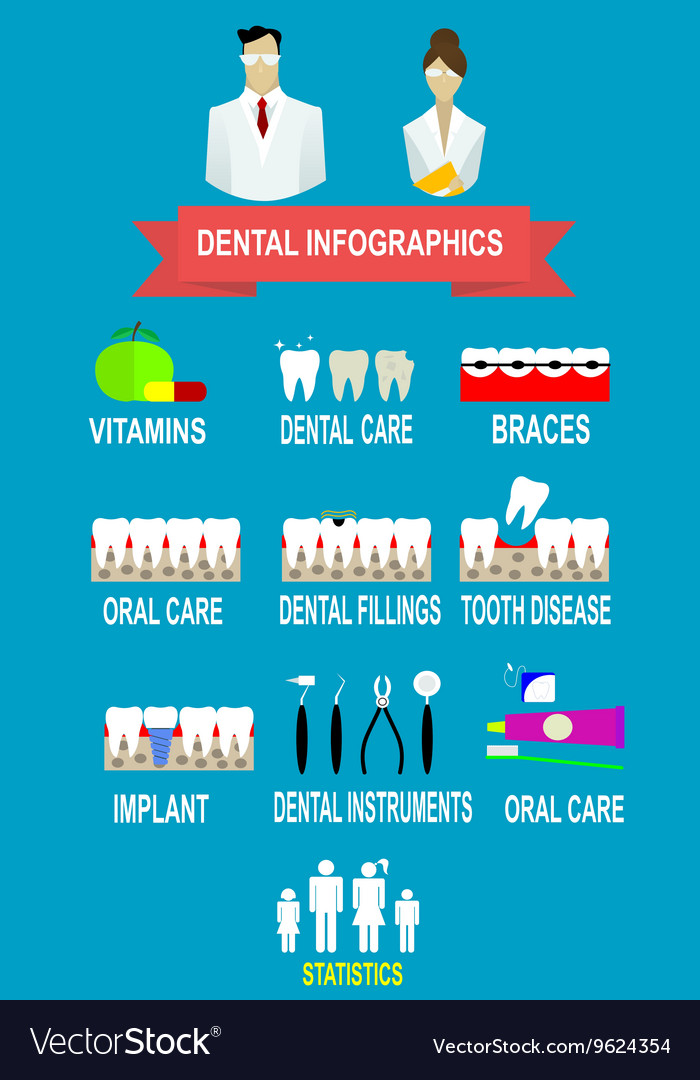Discover The Groundbreaking Advancements Changing Oral Surgery. Discover The Future Of The Field And Stay Ahead Of The Game. Click Now For A Peek Right Into Tomorrow!
Discover The Groundbreaking Advancements Changing Oral Surgery. Discover The Future Of The Field And Stay Ahead Of The Game. Click Now For A Peek Right Into Tomorrow!
Blog Article
Content By-Demir Terrell
Invite to the globe of dental surgery, where innovations and developments are forming the future of the area! In this interesting world, you'll witness the transformative power of robotics, the sophisticated wonder of 3D printing, and the game-changing influence of minimally invasive methods.
The future of oral surgery holds an assurance of precision, effectiveness, and enhanced individual end results. With https://gregorysnhbv.blogrelation.com/39196372/see-how-the-best-care-and-way-of-life-selections-can-expand-the-life-of-your-dental-implants-beyond-the-average-10-to-15-years of innovative robotics, doctors have the ability to execute complicated treatments with greater precision and control.
3D printing modern technology is transforming the creation of oral implants and prosthetics, providing tailored solutions that fit seamlessly into each client's special composition.
Furthermore, minimally intrusive strategies are minimizing post-operative discomfort and recovery time, permitting individuals to return to their every day lives earlier.
Get ready to explore the interesting technologies and breakthroughs that are reshaping the landscape of oral surgery!
Improvements in Robotics
One significant development in dental surgery is making use of robot modern technology, which allows for accurate and reliable procedures. With the help of robot systems, oral cosmetic surgeons have the capacity to carry out intricate surgeries with boosted accuracy, decreasing the risk of human mistake.
These robot systems are geared up with sophisticated imaging innovation and exact tools that allow cosmetic surgeons to browse via elaborate anatomical structures effortlessly. By making use of robotic modern technology, cosmetic surgeons can attain better surgical accuracy, resulting in enhanced individual results and faster healing times.
On top of that, using robotics in dental surgery allows for minimally intrusive procedures, reducing the injury to bordering cells and advertising faster recovery.
3D Printing in Oral Surgery
To boost the area of oral surgery, you can check out the subtopic of 3D printing in dental surgery. This innovative modern technology has the possible to change the way oral specialists operate and treat patients. https://www.fox5atlanta.com/news/how-well-do-over-the-counter-teeth-whitening-products-really-work are 4 vital ways in which 3D printing is forming the field:
- ** Custom-made Surgical Guides **: 3D printing allows for the development of extremely accurate and patient-specific medical overviews, enhancing the accuracy and performance of procedures.
- ** Implant Prosthetics **: With 3D printing, oral specialists can create personalized dental implant prosthetics that completely fit a patient's one-of-a-kind makeup, leading to better outcomes and person satisfaction.
- ** Bone Grafting **: 3D printing allows the production of patient-specific bone grafts, lowering the demand for standard grafting methods and boosting healing and healing time.
- ** Education and Training **: 3D printing can be utilized to produce reasonable medical designs for educational objectives, allowing dental specialists to practice complicated procedures prior to executing them on individuals.
With its possible to enhance precision, modification, and training, 3D printing is an exciting advancement in the field of oral surgery.
Minimally Intrusive Strategies
To better advance the area of oral surgery, welcome the possibility of minimally intrusive techniques that can greatly benefit both doctors and patients alike.
Minimally invasive strategies are reinventing the area by decreasing surgical injury, decreasing post-operative discomfort, and increasing the recuperation procedure. These methods include utilizing smaller cuts and specialized instruments to perform procedures with precision and performance.
By making use of innovative imaging modern technology, such as cone beam calculated tomography (CBCT), specialists can precisely plan and perform surgical procedures with very little invasiveness.
In addition, using lasers in dental surgery enables exact tissue cutting and coagulation, causing reduced blood loss and minimized healing time.
With minimally invasive strategies, patients can experience faster recovery, reduced scarring, and boosted outcomes, making it a crucial element of the future of dental surgery.
Conclusion
So, as you can see, the future of dental surgery is exceptionally encouraging, with exciting innovations and breakthroughs forming the area.
From the innovations in robotics to the use of 3D printing and minimally intrusive methods, dental doctors are transforming the method they supply treatment.
While some might worry about the prospective expense related to these advancements, it is necessary to bear in mind that these technologies ultimately improve client end results and lower healing time, making them well worth the financial investment in the long run.
